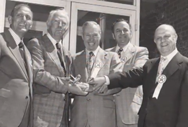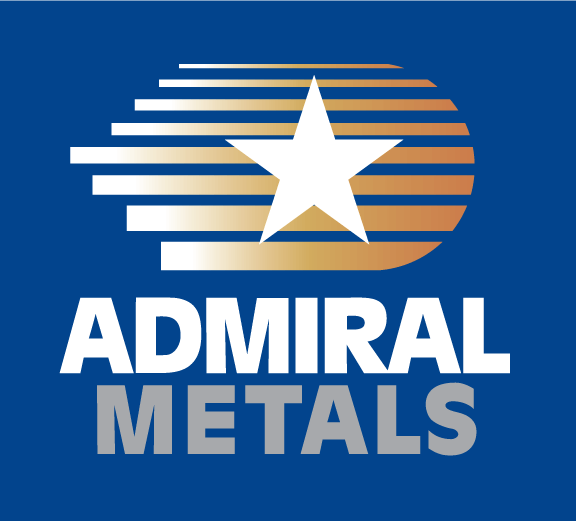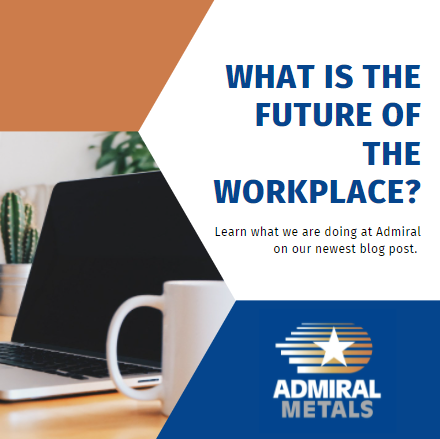![]()
We have all experienced that feeling of satisfaction after an excellent, seamless customer service transaction where our needs have been met and our expectations exceeded. In today’s business environment, achieving that is a complex process. Depending on the product or service, the best in customer support will include a combination of assistance in planning, purchasing, delivery, installation, training, troubleshooting, maintenance, upgrading, disposal and proper handling should something go wrong. It is not a new idea; for as long as there have been products to sell in a competitive environment, there has been a need for good service to attract and retain customers.
Some of the first documented examples of customer service emerged as early as the mid 1800s. In 1868, Watkins Liniment offered the first-ever unconditional money-back guarantee, unheard-of in those days. The offer, while generous, meant that the customer may have to endure a full day on horseback to return the item to the store, however. Another customer service milestone occurred in 1889 in Italy when the royal family received the first door-to-door hot pizza delivery from Raffaele Esposito, Naples’ most famous pizza chef. Restaurant delivery may be commonplace now, but at that time, it was novel for companies to make a priority of serving their customers where and when they want.
The Telephone
The single, most important transformation in customer service came in 1876 with Alexander Graham-Bell’s invention of the telephone. The telephone introduced a new means to contact local businesses which until then required personal contact.
By 1894, with the invention of the switchboard and the completion of the transcontinental railway, customers in need of service could directly contact stores and businesses across the country to make requests, gather information, place orders, arrange for delivery or register complaints. For over fifty years this was the norm for customer service until the second half of the 20th century.
With the 1960s came the advent of PABX or Private Automated Business Exchanges allowing for the growth of “call centers” (a term coined in 1983). Forward thinking companies began filling large rooms with agents whose sole purpose was to answer and resolve customer issues on the spot. By 1967, call centers were further enhanced by AT&T’s introduction of the toll free 1-800 number. Soon, call centers began using Interactive Voice Response (IVR) technology, which allowed consumers to voice a limited number of commands, such as “yes” or “representative” further streamlining the calling process.
The Internet, Social Media and CRM
Since the 1990s, the Internet has completely reframed how customers receive support from a company. Whether through websites, email, instant message, 1–to–1 chat, or social media outlets such as Facebook or Twitter, consumers can get information, make purchases, leave messages, arrange appointments, make payments, register complaints, find answers or arrange for returns any time of the day or night.
The latest technologies such as video chat, surveys, mobile applications, RFID and location-based information continue to transform how businesses meet customers’ needs, and have raised the bar in terms of their expectations. Today’s customer support needs to be available in a variety of ways through numerous channels. Innovative companies like Amazon are leading the way; customers can access Amazon on a laptop, phone or tablet and easily search for an item, gather information, make a purchase, arrange for fast delivery, view historic transactions, add credit cards connected to the account, edit shipping and billing addresses, arrange for returns, review a product and view the status of all past and present orders. Now, Amazon is looking into same-day delivery through the use of local delivery services and possibly, future use of drones.
Achieving this level of excellence in service and support starts with a clear understanding of what customers want. CRM (Customer Relationship Management), software developed in the 1990s, was the first technology to help businesses track and analyze customer behavior. With the acquisition of this data, companies began rewarding gifts to repeat customers such as cash back on credit cards, frequent-flier miles, and discounts for multiple purchases. Now, more sophisticated, cloud-based CRM solutions from companies like Salesforce.com and others provide an abundance of customer behavioral analytics to help businesses pinpoint the specific services their customers need in a timely and efficient manner.
Here at Admiral, we strive to exceed expectations when it comes to customer service; this philosophy has been woven through the culture of the company since we opened our doors 65 years ago. Today, we combine new technology with a longstanding work ethic to gain a better understanding of how to meet and exceed our customers’ expectations. We survey our customers annually and have recently engaged Salesforce.com to gather analytics, and still, we rely on the personal relationships our inside and outside sales people have established with our customers. It is our hope to provide the very best in customer service and support; it’s what we strive for every day, every transaction.
Wishing you the very best in business,
![]()
Timeline of Service

1978 – Woburn Office Opens
1950 – Year founded as Admiral Brass and Copper
1965 – Added Aluminum as a product
1975 – Company’s 25th anniversary
1978 – Move from Somerville to Woburn
1978 – Added Stainless Steel as a product
1983 – First computer ERP software
1986 – First additional location in Brooklyn
1986 – First fax machine
1992 – Rochester branch opens
1998 – Email implemented
1998 – First Customer Survey
1999 – Metalware – ERP implemented
2000 – PA branch opens
2001 – Overnight delivery became a standard in customer service
2003 – Ohio branch opens
2011 – Admiral Care is introduced
2014 – Adoption of Salesforce CRM



